Straw Bale House Construction Details – Closer to Nature
Whatever we do in constructions these days is directly or indirectly connected to nature. Nothing is built randomly anymore and without heeding the impact on environment. When it comes to raising our own homes, our primary concern is to get closer to nature by using natural, cheap and efficient materials and integrating the house in a still unaltered environment. Resources at our disposal are many and, believe it or not, straws are among them.
Builders say a natural and ecologic homes, such as a straw bale house, is both healthy and safe, whether we speak about earthquakes, fires or floods. At the same time, it is an efficient house, similar to a passive home, with maintenance costs going down by almost 70 per cent.
The cheap constructional materials – straws being found in abundance – and the very good thermal insulation role straws have are just a few of the advantages a straw bale house has. Moreover, by combining natural construction materials and modern technology one can get a modern looking home with a high degree of energetic efficiency. In the end, you can own a 100 % full eco-home if you choose to do extra insulation, thermal and acoustic, by choosing further natural materials, such as wool, hemp and wood fibers. If you’re not yet convinced, below are two straw bale house construction details:
The first example is a straw bale house built in Rasuceni, a village 65 kilometers south-west of Bucharest. The one story house sits on a surface of 126 square meters and is fully built with straw bales on a wooden structure. The estimated costs are 350-400 Euros per square meters for a turnkey home, but builders say prices can go down to 250 Euros under certain circumstances.
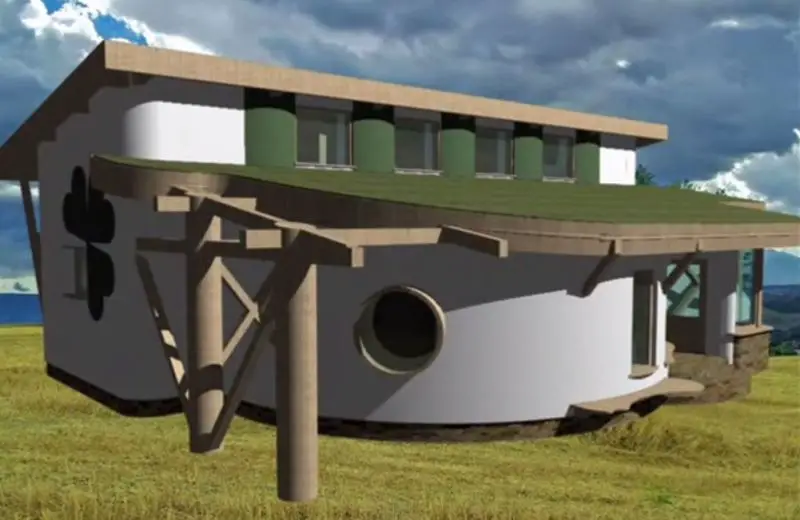
Straw bale house construction details – the straw house in Rasuceni
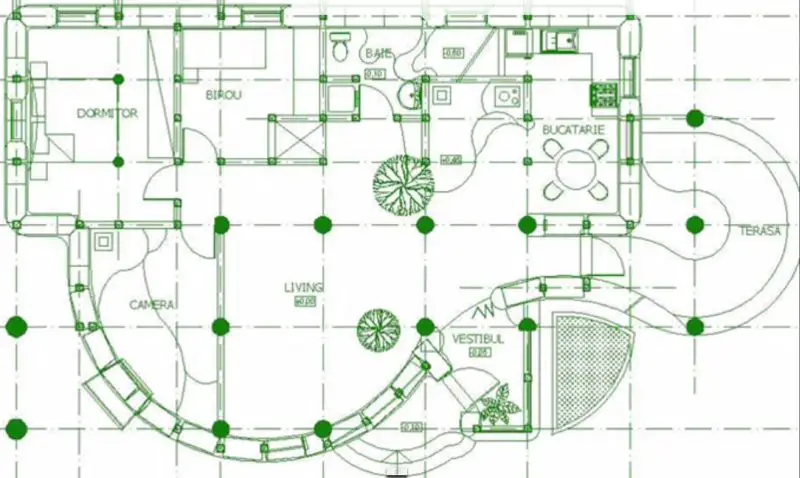
Blueprint

Some minimal conditions have to be taken into account when building a straw bale house: straw is from harvested grain stalks, never use bales of grass. These need to remain dry, less than 20% moisture content, and tightly bound to prevent moist air, including fog getting in before plastering. Both factors are important to prevent the rotting of the bales after construction.
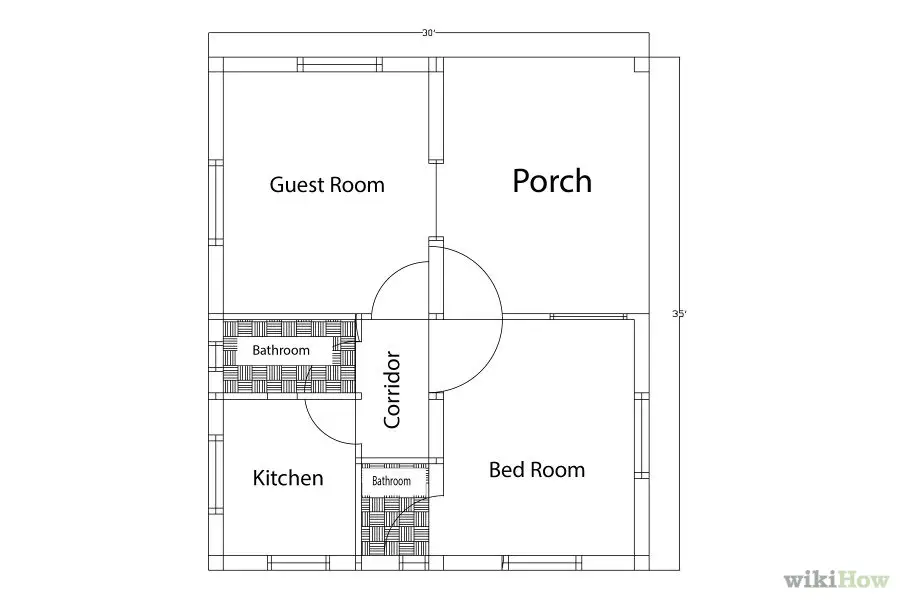
Blueprint
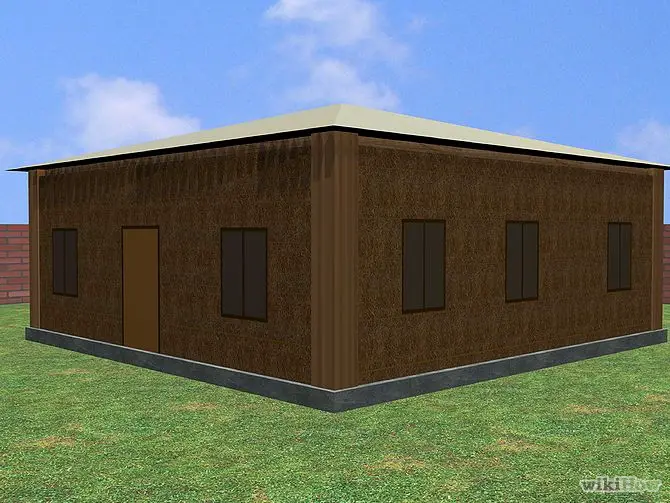
Straw bale house construction details – a second example of straw bale house
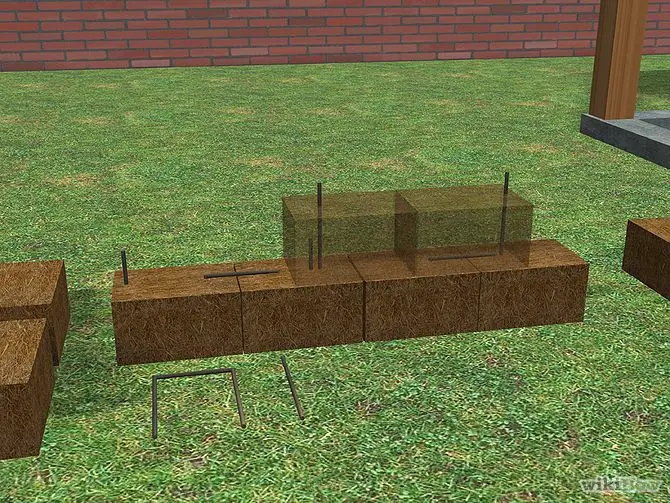

Sources: Wikihow.com, Natural-home4u.com















